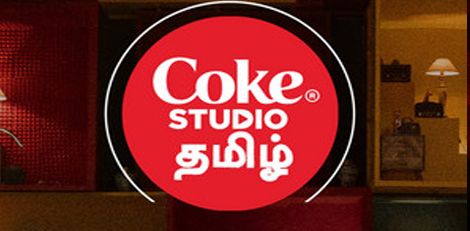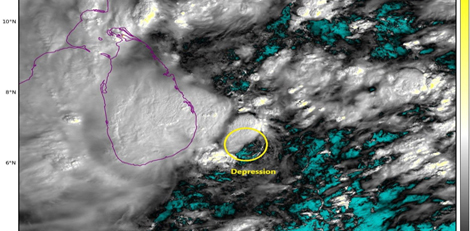LANDMARK Trial Affirms Safety and Efficacy of Myval THV Series, Highlighted at EuroPCR 2024

Meril Life Sciences` LANDMARK trial has underscored the safety and effectiveness of the Myval Transcatheter Heart Valve (THV) Series, standing out as a key late-breaking trial at EuroPCR 2024. The trial, which involved 768 patients across 31 sites, highlights Meril’s dedication to research and patient well-being.
Vapi, 15-05-24 – Exciting news from Meril Life Sciences! The LANDMARK trial’s 30-day primary outcomes were presented on May 15th at EuroPCR 2024 in Paris, France. Recognized by EuroPCR as one of the top three late-breaking trials poised to revolutionize practices in Interventional Cardiology, the LANDMARK study showcased the Myval THV series` performance in terms of safety and effectiveness, which was non-inferior to contemporary THV series (24.7% vs. 27.0% occurrence of primary composite endpoints). The primary composite endpoint included deaths, stroke, major bleeding, acute kidney injury, major vascular complications, moderate or severe valve regurgitation, and the need for new permanent pacemaker implantation as per the third Valve Academic Research Consortium consensus. There was no difference in the itemized components of the primary composite endpoints. Secondary endpoints, including technical success at exit from the procedure room, device success at 30 days, and early safety at 30 days, were comparable in both groups.
Professor Serruys, Chairman and Study Director of the LANDMARK trial, remarked, "The Myval THV series are novel next-gen THV devices; non-inferior to the Sapien and Evolut THV series. Myval THV series have a unique size matrix incorporating conventional, intermediate, and extra-large diameters with increasing diameter steps of 1.5mm that match and fit precisely the multi-slice CT scan-defined aortic annulus area of each individual patient. As a result, it provides a superior effective orifice area on echocardiography, which may impact durability and long-term clinical outcomes. Additionally, the Myval Octacor, with its two rows of octagonal cells and minimal foreshortening of 19% during expansion, has unique features unmatched by any other contemporary design."
The Myval THV series offers a versatile range of sizes, including traditional sizes (20 mm, 23 mm, 26 mm, 29 mm), intermediate sizes (21.5 mm, 24.5 mm, 27.5 mm), and extra-large sizes (30.5 mm and 32 mm). This tailored sizing matrix allows cardiologists to select the appropriate valve size, thus avoiding excessive over- or under-sizing. In the LANDMARK trial, 48.1% of the patients were implanted with the intermediate size of the Myval THV series.
The hemodynamic outcomes in terms of valve effective orifice area (EOA) were significantly better for the 23, 26, and 29 mm Myval THV series compared to the Sapien THV series, while there were no significant differences in the pre-procedural annular area. The long-term benefits of the intermediate sizes of THV will be further studied during subsequent follow-ups up to 10 years.
According to Global Principal Investigator Prof. Andreas Baumbach, “The LANDMARK trial showed that the Myval THV series performed as safely and effectively as contemporary THV series. It is a valve made for everyday clinical practice and an all-comers population. The special feature of intermediaiate diameters allows for more accurate sizing, which has the potential to translate into improved long-term outcomes. Our patients will be followed up for 10 years, and it will be interesting to see the long-term results in the three treatment arms.”
Mr. Sanjeev Bhatt, Senior Vice President of Corporate Strategy at Meril, stated, "In a successful development in structural heart interventions, the LANDMARK RCT has revealed compelling results for the novel Myval transcatheter heart valve (THV) series, confirming its non-inferiority to other contemporary THV devices. The results of the LANDMARK trial are not just a win for us but for the entire medical community and, most importantly, for patients undergoing TAVI. This study not only reinforces the safety and efficacy of the Myval THV series but also highlights its adaptability to challenging anatomical structures."







